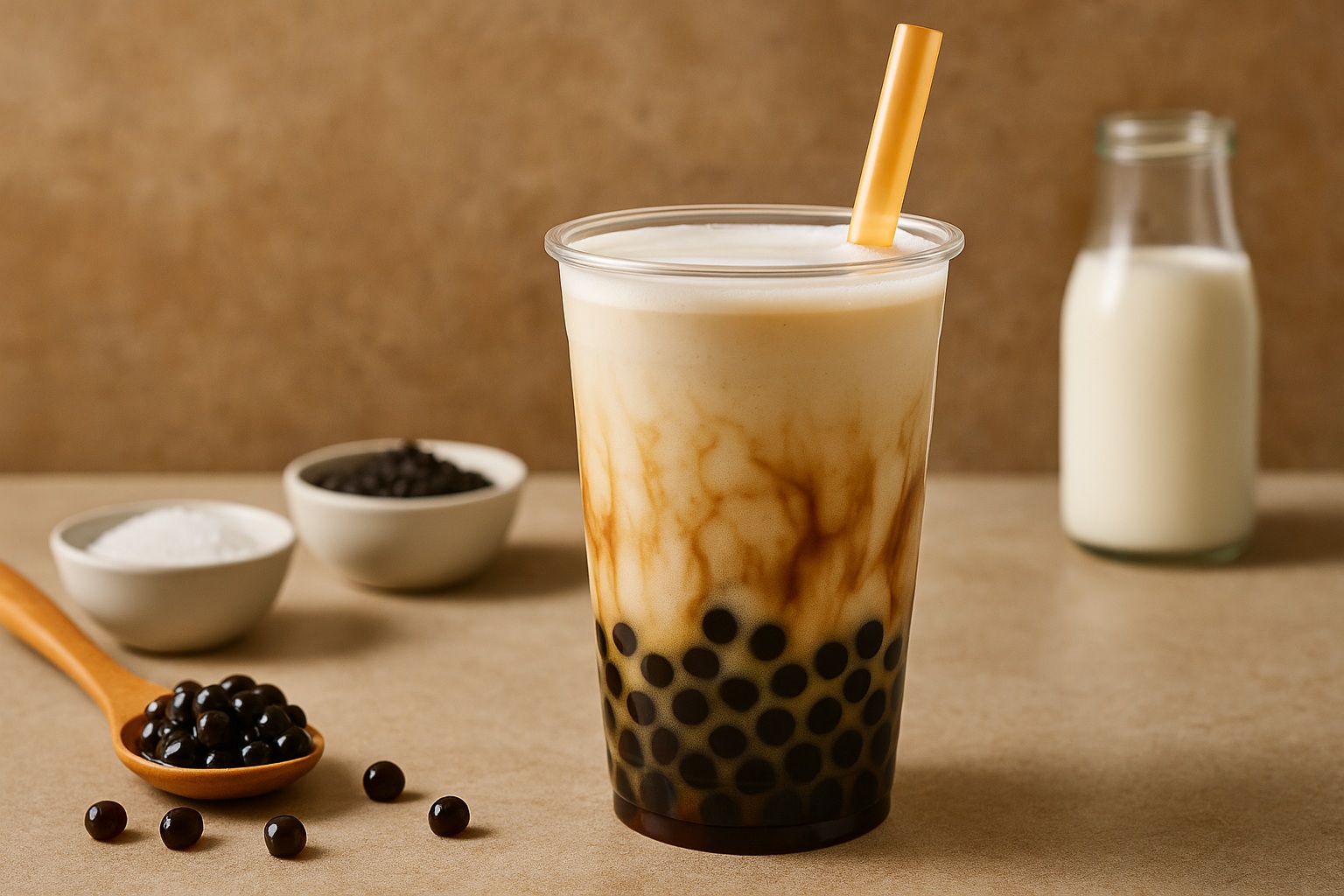Is Bubble Tea Healthy? The Truth About What's Inside Your Cup

Bubble tea — or boba, as many call it — has become more than just a trendy drink. It’s a global comfort ritual: the sound of shaking ice, the soft bounce of tapioca pearls, and that first sweet, creamy sip. From Taipei’s night markets to cafés in New York and Paris, this playful drink has found a home almost everywhere.
But as bubble tea becomes part of people’s daily lives, a growing question emerges — is it actually healthy? Recent reports, including one from Consumer Reports, have raised concerns about the presence of heavy metals such as lead in tapioca pearls, as well as the drink’s high sugar content. For fans and café owners alike, understanding what’s really inside the cup is becoming more important than ever.
1. The Hidden Risk: Heavy Metals in Tapioca Pearls
In Consumer Reports’ safety tests, tapioca pearls from several well-known brands — including Gong Cha, Kung Fu Tea, Trader Joe’s, and WuFuYuan — were all found to contain detectable levels of lead.
Although the detected amounts were not immediately dangerous, experts emphasize that no level of lead exposure is considered completely safe, especially for children and pregnant women. That means bubble tea should be enjoyed occasionally, rather than consumed daily.
The reason traces back to the main ingredient — cassava root, the crop from which tapioca starch is made. Cassava naturally absorbs minerals from the soil, which can include harmful elements like lead, arsenic, and cadmium if the growing environment is contaminated. This highlights why ingredient sourcing and safety testing are crucial in the bubble tea supply chain.
2. Sugar, Calories, and Additives: What Else Is in Your Drink
Beyond heavy metals, another major concern is the sugar content. A standard 16-ounce serving of bubble tea can contain over 300–400 calories, depending on the amount of syrup, milk, and toppings used.
Many commercial recipes also rely on:
-
Non-dairy creamers containing hydrogenated fats
-
Artificial syrups and powders with synthetic flavoring
-
Low-nutrient tapioca pearls that provide texture but little nutrition
While these ingredients are not inherently harmful, regular consumption of highly sweetened drinks may contribute to weight gain, insulin resistance, and dental issues over time.
3. The Shift Toward Clean-Label Bubble Tea
The good news is that the industry is evolving. More brands and ingredient manufacturers are moving toward clean-label formulations, offering products that are both safer and more transparent.
This shift includes:
-
Using natural cane sugar or low-GI sweeteners
-
Offering plant-based milk options such as oat or almond milk
-
Creating fruit syrups made from real juice instead of artificial flavors
-
Ensuring tapioca pearls are tested for heavy metals and certified safe
These improvements not only respond to consumer demand for health and sustainability, but also raise the overall quality standards of the global bubble tea market.
4. So, Is Bubble Tea Healthy?
Like most treats, the answer depends on how it’s made and how often it’s consumed. Bubble tea can absolutely be part of a balanced lifestyle — as long as it’s enjoyed in moderation and prepared with quality, well-tested ingredients.
To make a healthier choice:
-
Ask for less sugar or half-sweet options
-
Choose real milk or plant-based milk instead of non-dairy creamers
-
Support cafés that prioritize transparent sourcing and ingredient safety
Bubble tea is meant to be joyful — a moment of comfort, creativity, and culture. With growing awareness and better ingredient standards, it can remain a drink people love without unnecessary health risks.
Key Takeaway
Bubble tea itself isn’t the problem — poor-quality ingredients and excessive sugar are. By paying attention to sourcing, certification, and balance, café owners and consumers can both enjoy the fun of bubble tea while protecting their long-term health.
Contact us today to learn how to source safer, cleaner ingredients for your bubble tea brand — because every great cup starts with trust.

